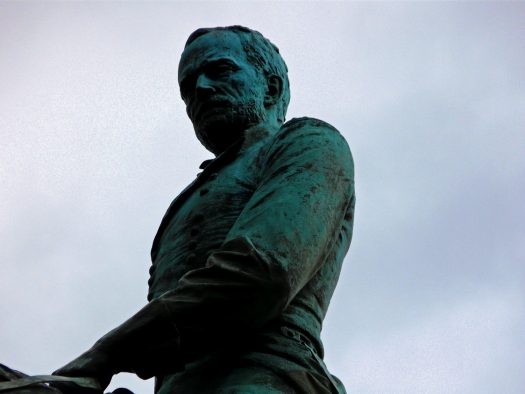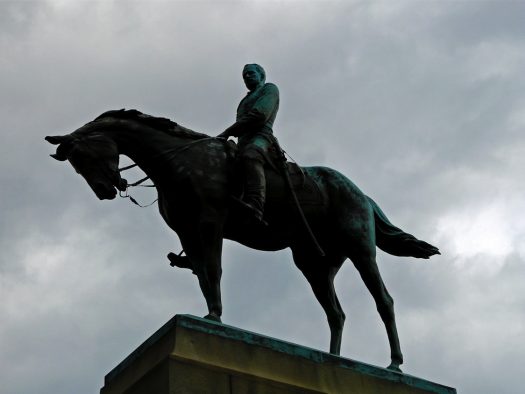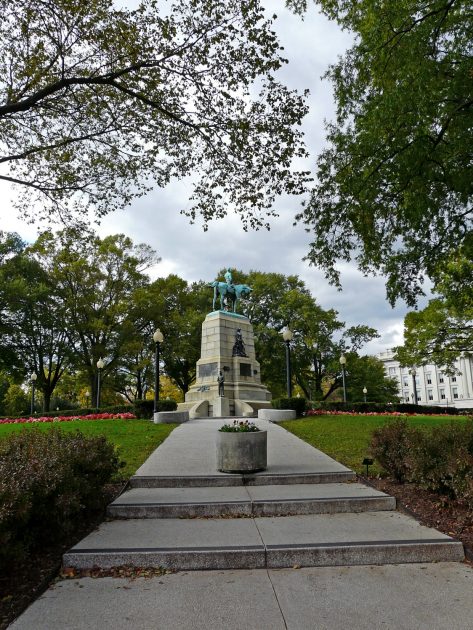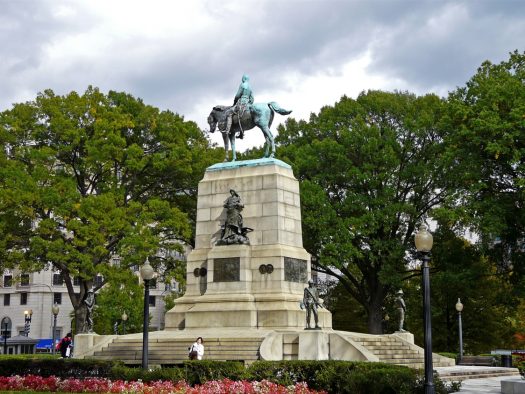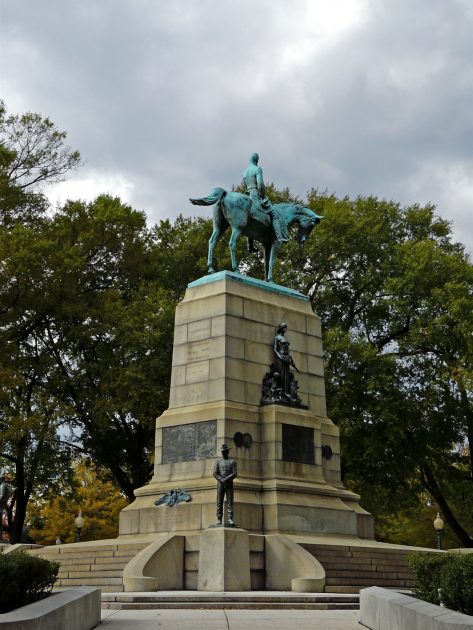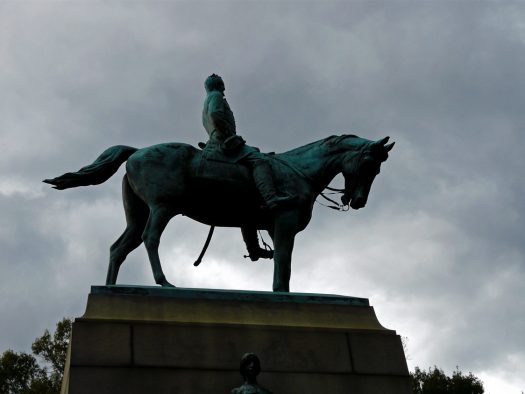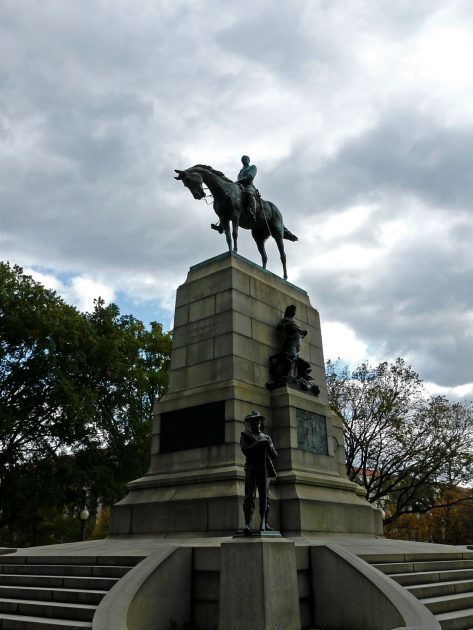Rohl-Smith received his last, and perhaps greatest, commission in 1895. Renowned American Civil War General William T. Sherman died in 1891. In 1895, the Sherman Memorial Commission issued a call for proposals for an equestrian statue of Sherman. When the competition closed 23 sculptors had submitted proposals. Models of all the proposed statues were exhibited in Washington, D.C., to large crowds. The submission by Carl Rohl-Smith generated the most popular acclaim. The National Sculpture Society (NSS) narrowed the submissions down to a short list of four. The submission by Rohl-Smith did not make the short list. However, the Sherman Memorial Commission overruled the judging committee and chose Rohl-Smith’s design. The NSS was outraged, and protested the award strongly. The New York Times called the decision “one of the most discreditable events ever in the annals of the public art of the United States”. Senator Edward O. Wolcott sponsored legislation to investigate the award process. Although his resolution was not successful, the Senate debate over the award process was rancorous and showed the Senate’s deep distrust of “art experts”. Rohl-Smith was accused of using political influence to win the commission, an accusation he vehemently denied. After two months of protests, the NSS ceased to contest the award.
Unfortunately, Carl Rohl-Smith never saw his Sherman Monument completed. He died in Copenhagen in August 1900.
After winning the Sherman Monument commission, Rohl-Smith moved in 1897 to Washington, D.C. and set up a studio on the White House grounds next to the memorial’s location. A large, barn-like structure was built, intended not only to function as a workshop for the construction of a life-size model of the Sherman monument but also as living quarters for the Rohl-Smiths.
Although the government determined that the contract with Rohl-Smith was null after his death, the memorial commission agreed to allow Rohl-Smith’s assistant and wife, Sara, to oversee the statue’s completion. The monument was dedicated by President Theodore Roosevelt in 1903.
